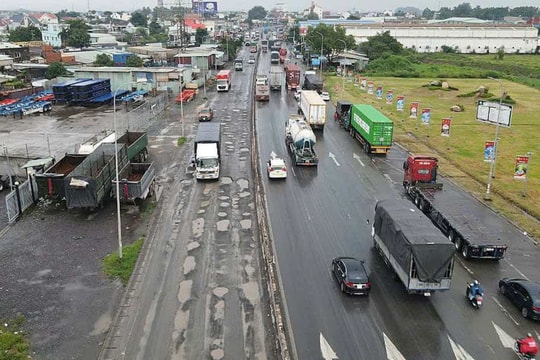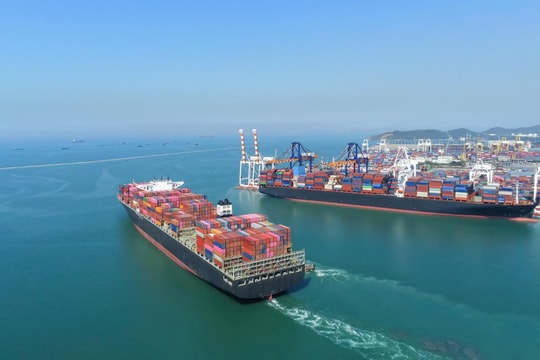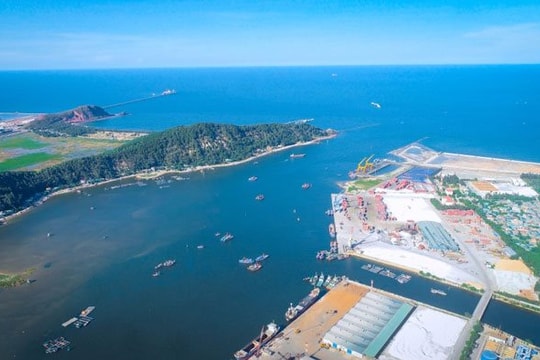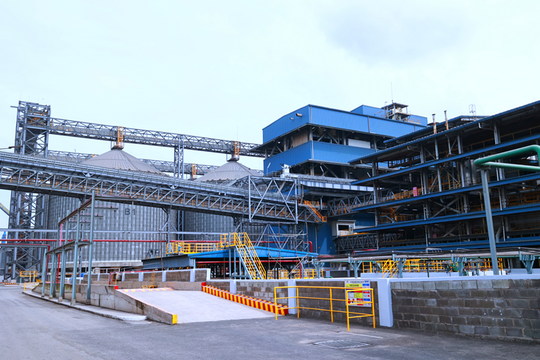The Importance of Warehouse Floor Inspection Before Leasing
For tenants, a high-standard warehouse floor optimizes operational efficiency, ensuring the safety of goods, equipment, and employees. A flat warehouse floor allows forklifts and transport equipment to move smoothly, reducing wear and tear and potential damage caused by vibrations or uneven surfaces. This is particularly crucial for logistics, manufacturing, and retail businesses, where fast loading and unloading operations are essential. Furthermore, poor-quality flooring can damage goods, especially sensitive items like food, pharmaceuticals, or electronic components, leading to significant financial losses.
For investors, inspecting and ensuring floor quality before leasing minimizes potential disputes and claims. A substandard floor may result in expensive repairs if it settles, cracks, or deteriorates over time. Conversely, a high-standard warehouse floor increases the property's value, attracts long-term tenants, and enhances the investor's reputation and competitiveness in the market. Given the increasing competition in the warehousing sector, businesses with warehouses that meet international standards will have a greater advantage in attracting high-value tenants and maximizing space utilization.
Potential Risks of Not Inspecting Warehouse Floors
.jpg)
.jpg)
Impact on Workplace Safety: A substandard warehouse floor poses significant risks of workplace accidents. Issues such as settling, cracks, uneven surfaces, or slippery conditions increase the likelihood of forklift rollovers, employee falls, or structural instability. Additionally, high-load areas like forklift pathways or heavy storage zones can deteriorate quickly if not thoroughly inspected, posing long-term safety hazards.
Reduced Operational Efficiency and Increased Costs: Uneven flooring disrupts the movement of forklifts and carts, slowing down operations and reducing productivity. When transport equipment continuously vibrates on an uneven surface, its lifespan decreases, leading to higher maintenance and repair costs. In warehouses with high-rack storage systems, an uneven floor makes stacking and retrieving goods more difficult, significantly lowering operational efficiency.
Higher Maintenance and Repair Costs Over Time: If flooring issues are not detected and addressed early, both investors and tenants may face substantial repair costs later. Small cracks can widen over time, leading to severe structural damage that may require full floor replacement or extensive reinforcement. In cases where lease agreements do not clearly define maintenance responsibilities, tenants may be forced to bear unexpected costs.
Impact on Product Quality and Work Environment: Deteriorating warehouse floors can generate dust, moisture, and other contaminants, increasing the risk of product damage—particularly for goods requiring strict storage conditions, such as food, pharmaceuticals, cosmetics, or electronics. Additionally, dust from worn-out surfaces can negatively affect machinery performance and employee health.
PCE Vietnam’s Standard Warehouse Floor Inspection Process
.jpg)
.jpg)
Inspection of Construction Joints: Construction joints are prone to cracking and chipping due to concrete shrinkage and forklift impact. PCE Vietnam uses specialized measuring devices to assess the durability and adhesion of construction joints, recommending appropriate solutions to extend floor lifespan.
Assessment of Floor Flatness: Warehouse floors must meet strict flatness requirements to ensure the stable operation of forklifts and equipment. PCE Vietnam employs advanced tools such as Profileograph, TR34 Software, and Dipstick to accurately measure floor deviations and suggest corrective actions if necessary.
Wear Resistance Testing: The floor surface must withstand significant wear and tear over time. Using the BCA Abrasion Resistance Test, PCE Vietnam evaluates the concrete’s resistance to abrasion and recommends enhancements if needed.
General Observation and Reporting: PCE Vietnam conducts a comprehensive inspection to detect cracks, settling, or other signs of deterioration. All findings are documented in detailed reports, including recommended corrective measures, enabling investors and tenants to make informed decisions.
Floor Inspection – A Key Factor in Sustainable Warehousing
.jpg)
.jpg)
Warehouse floor inspections before leasing are not just routine procedures but essential steps in optimizing logistics operations, protecting assets, and maintaining real estate value. As e-commerce and logistics continue to expand, demand for high-quality warehouses is increasing, accompanied by stricter operational standards.


.jpg)
.jpg)
.jpg)
.jpg)

.jpg)





.png)


















